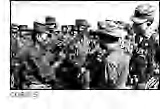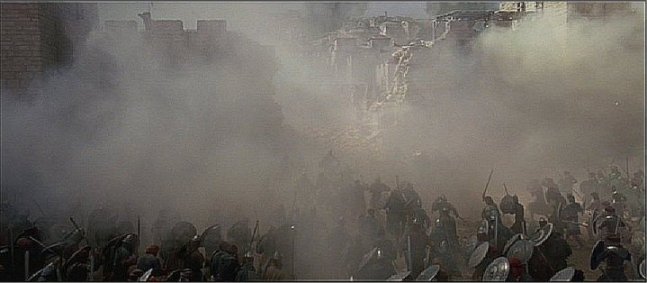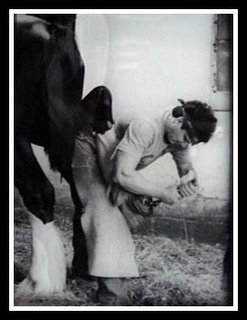Body Counts

Following is a letter to the editor by a man who knows of what he speaks. He was directly involved in assessing the situation of the South Vietnamese army during the war there.
10 November 2006
Dear Editors and Members of Congress
Once again we are reporting body counts. In the Vietnam War we counted enemy dead. In the Iraq war we count live Iraqi military and paramilitary bodies in units "stood up" - that is, organized, equipped and trained. Our experience in both cases proves the location of the bodies is more important than their number. Local forces operating on home turf are key to pacification. This pertains to villages, cities, governorates, the country as a whole and the national seat of government
The following illustrates the importance of forces location: The two Army of the Republic of Vietnam (ARVN) divisions we rated least effective when I was there were the 5th and 18th ARVN. Major General Thuan's 5th Division, positioned near Phuoc Vinh a short distance north of Saigon, had deployed across the road to the capitol to block the advance of airborne and marine units bent on executing a coup to topple President Nguyen Van Thieu. Thuan's military mission was security for the president; and its blocking location provided commercial opportunities - transporting Honda motor-bikes and rubber. Brigadier General Giai's 18th Division was hollow. Much of its personnel roster was filled with absentees, many of whom had never been present in the division. Located in the remote area around Xuan Loc, many of the older members hadn't seen their families in years, and when granted leave they found the transportation system so difficult they had used up their authorized absence just getting home. So, many never came back.
Meanwhile, U.S. General Abrams, overall commander, had been rethinking the "search and destroy" body-counting approach of his predecessor. He directed the equipment and training upgrading of the regional, provincial and village security forces. Well aware of the ancient, viciously disparate ethnic groupings in South Vietnam, his approach to Vietnamization of the war included locating the soldiers close to their homes, thereby improving intelligence collection while boosting morale.
Today in Iraq we find it necessary to work with Prime Minister Malaki who has ties to Syria, Hesbollah and Iran, and for survival depends upon Muqtada al Sadr and his militia ("Sadr's Army.") And we continue to count the number of Iraqi battalions we are standing up.
Our counter-insurgency experience in Vietnam indicates that we should support the deployment in Iraq of indigenous forces close to their homes to protect the leadership and pacify the nation.
Very Respectfully,
Francis Baker, POMIL Research Analyst
giarmy@earthlink.net
politics, War on Terror, Vietnam, politics








 BlogHop.com
BlogHop.com







0 Comments:
|Post a Comment
<< Home